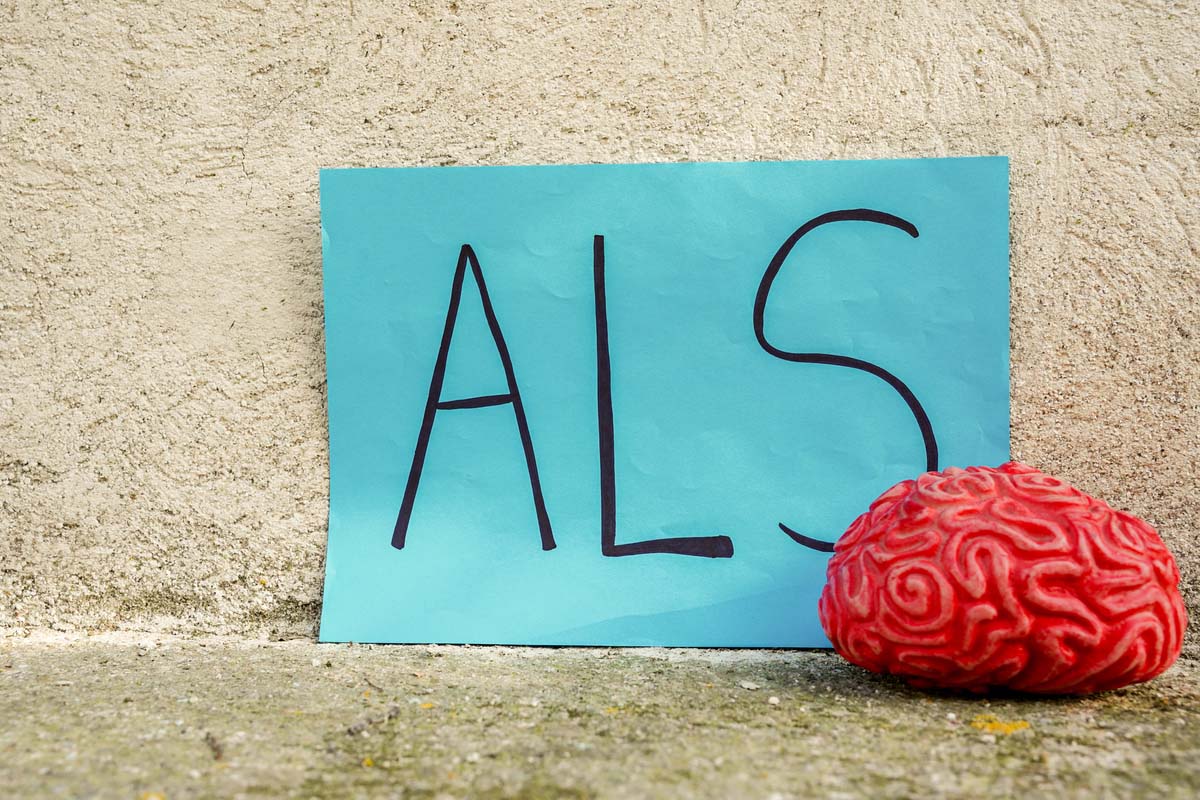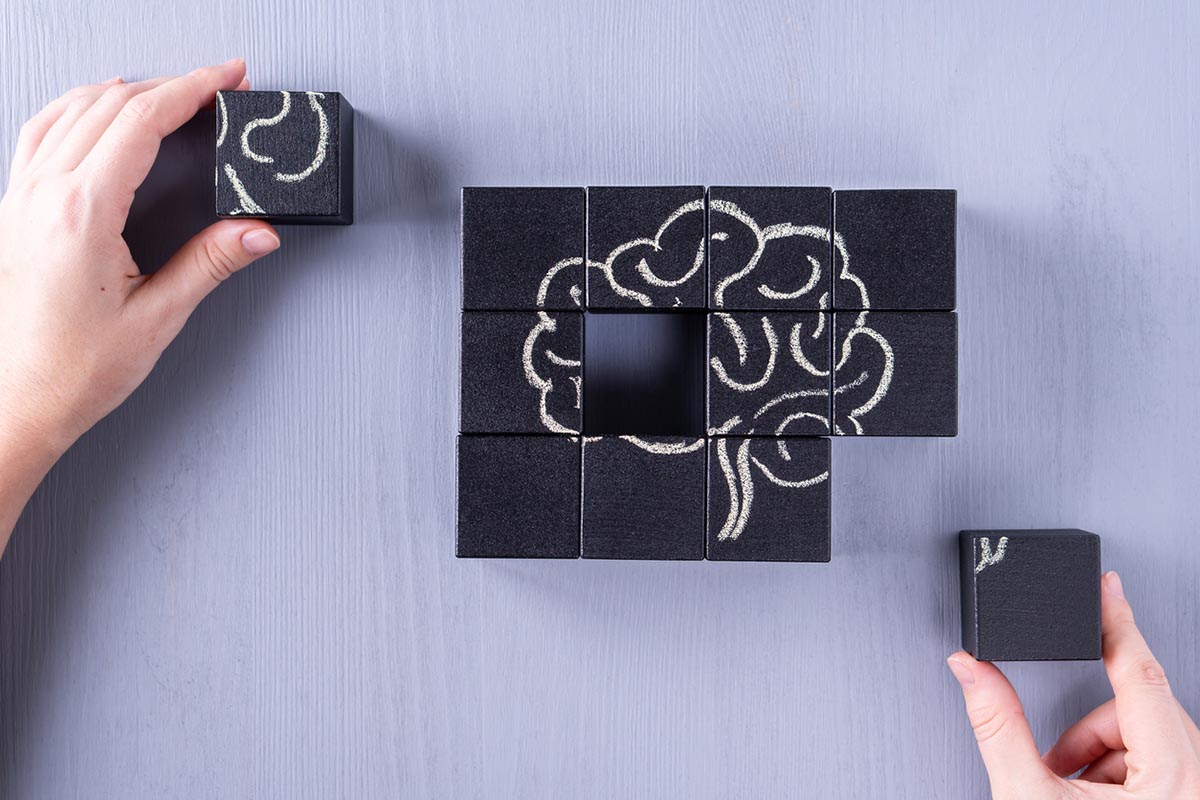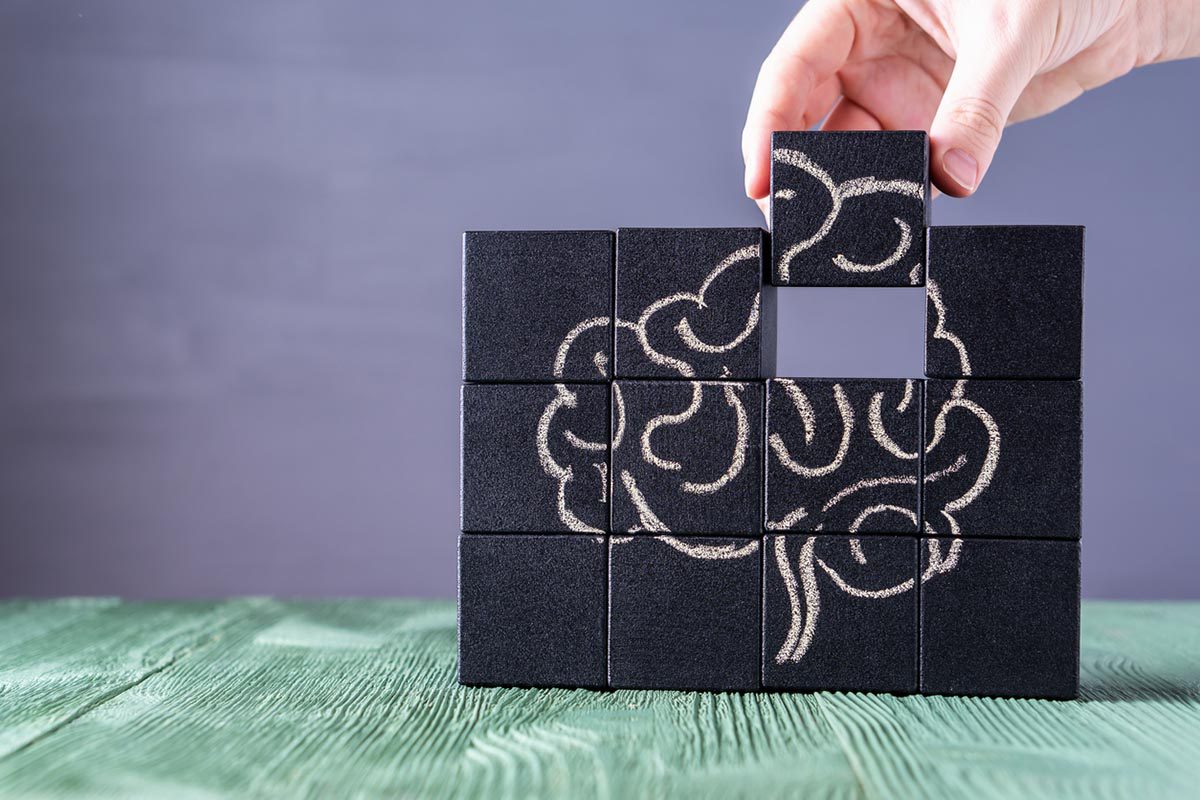Because this piece does not have an abstract, we have provided for your benefit the first 3 sentences of the full text.
Cognitive reactivity refers to the extent to which a (mild) negative or sad mood reactivates or triggers negative cognitive factors as observed in clinical depression. In this issue, Figueroa and colleagues report that cognitive reactivity, as measured by the Leiden Index of Depression Sensitivity (LEIDS), is a long-term predictor of depressive relapse. The authors highlight that 1 important avenue for future research is to examine whether psychological interventions can improve (ie, decrease or reduce) cognitive reactivity scores.
This work may not be copied, distributed, displayed, published, reproduced, transmitted, modified, posted, sold, licensed, or used for commercial purposes. By downloading this file, you are agreeing to the publisher’s Terms & Conditions.
See article by Figueroa et al

Cognitive reactivity refers to the extent to which a (mild) negative or sad mood reactivates or triggers negative cognitive factors as observed in clinical depression.1 In this issue, Figueroa and colleagues2 report that cognitive reactivity, as measured by the Leiden Index of Depression Sensitivity (LEIDS), is a long-term predictor of depressive relapse. The authors highlight that 1 important avenue for future research is to examine whether psychological interventions can improve (ie, decrease or reduce) cognitive reactivity scores.
I would like to bring to the authors’ and readers’ attention a recent study by Van der Gucht and colleagues,3 which examined that very question while providing preliminary evidence that psychological treatment can indeed reduce cognitive reactivity. In a study that offered a mindfulness-based intervention to low-income urban adults, cognitive reactivity was measured 4 times using the LEIDS: twice before the intervention (double baseline with 8-week waiting-list period in-between), immediately after the 8-week mindfulness-based intervention (postintervention), and 3 months after treatment completion (follow-up). Cognitive reactivity scores significantly improved from pretreatment to follow-up with a medium effect size (d = 0.69). Importantly, no change in cognitive reactivity scores was observed during the waiting-list interval. That mindfulness-based interventions help reduce cognitive reactivity levels makes sense, as their central aim is to tackle cognitive reactivity by helping people to recognize mood-dependent reactive tendencies and to switch to a nonreactive mode of mind.4
An earlier study by Kuyken and colleagues5 found that mindfulness-based intervention completers showed higher levels of cognitive reactivity than controls, but here, cognitive reactivity was solely assessed postintervention. Also, and most interestingly, the authors used a mood-induction procedure with assessment of pre-post change in dysfunctional cognitions and not the LEIDS to examine cognitive reactivity.5 Figueroa et al2 rightly argue in this issue that a mood-induction procedure might not be a very stable method to assess cognitive reactivity, which would then explain the opposite results as reported by Van der Gucht and colleagues3 and Kuyken and colleagues.5 I propose another reason why this procedural difference might account for the contradictory findings.
I submit that the different ways to monitor cognitive reactivity, mood-induction with dysfunctional cognition assessment and the LEIDS, may tap different aspects, components, or—perhaps—stages of cognitive reactivity. Traditionally, cognitive reactivity is described as reactivity of negative cognition or the emergence of negative cognitive factors.1 However, as umbrella terms, “cognition” and “cognitive factors or features” can refer to plain cognitions (or cognitive “products”) or to cognitive operations or processes.1 Perhaps the LEIDS more specifically gauges negative cognitive operations or processes (like rumination, 1 of the LEIDS subscales) and the negative (dysfunctional) cognitions of the mood-induction procedure. Analogous to throwing oil on a fire, negative cognitive operations (eg, rumination) often maintain or aggravate mood-linked increases in negative cognitions. Accordingly, it is especially important to address this cognitive reactivity at the operational level, which mindfulness-based interventions are designed to do, by focusing on ruminative thinking processes, for instance. Reducing reactivity at the level of mere cognitions may be a less fruitful approach. After all, how can one reduce mood-associated cognitions? Typically, these are automatically triggered when mood drops, only after which unhelpful cognitive operations such as rumination come into play, often directed at reducing or controlling the negative cognitions: “I don’ t want to have these thoughts!” “I wish I could stop thinking like this!” “Why do I always think like this when I’ m feeling down?” etc. Although (vulnerable) people hold strong beliefs about the benefits of such ruminative thinking, research has clearly shown that it paradoxically increases negative cognitions and negative mood.6
How then can this line of reasoning explain the opposite results cited above? Mindfulness-based interventions do not aim to reduce or dissolve (negative) cognitions that are initially triggered by negative mood as, arguably, this may be a mission impossible. Rather, mindfulness-based interventions aim at helping people recognize when their mood is deteriorating and to then observe any resulting (negative) thoughts given that one cannot avoid the initial emergence of (automatic) thoughts, but can learn to cognitively respond differently to these primary mood-induced thoughts other than by ruminating. And that is exactly where the therapeutic leverage in mindfulness-based interventions lies: to coach people to decenter from these thoughts by switching from a ruminative to a nonjudging, self-compassionate mode of mind. Van der Gucht and colleagues3 used the LEIDS as an index of cognitive reactivity. If the LEIDS indeed captures the operational level of cognitive reactivity, ie, the focus of mindfulness-based interventions, their observation of reduced cognitive reactivity levels makes perfect sense. Kuyken and colleagues,5 on the other hand, used a mood-induction procedure while assessing dysfunctional cognitions. If this procedure indeed probes the (initial) “production” level of cognitive reactivity more than it does the operational aspects, then we should not expect any helpful effects of a mindfulness-based intervention because mindfulness is not about teaching people not to have (negative) thoughts. In fact, given that mindfulness-based interventions help people to increase their awareness of external and internal events (among which are thoughts), one might even expect that, during or following the intervention, participants will self-report more negative cognitions simply because they have now become more attentive to these thoughts. Please recall that Kuyken and colleagues5 indeed observed higher cognitive reactivity levels in their mindfulness-based intervention group. In line with the distinction between reactivity at the production versus the operational level as postulated above, they5 furthermore found evidence that improvement in self-compassion (the antidote to rumination at the operational level, so to speak) nullified the relationship between posttreatment cognitive reactivity (change in dysfunctional cognitions) and follow-up depression.
The contention that it may be important to distinguish between various levels or stages of cognitive reactivity (also see the work of Pfeiffer and colleagues7 for a related account of a temporal analysis of cognitive reactivity) in combination with the notion that different procedures may tap different facets of cognitive reactivity may additionally explain why findings in the cognitive reactivity literature and its predictive value for depression are equivocal. Accordingly, I definitely agree with Figueroa and colleagues2 that future studies should compare different cognitive reactivity procedures and their sensitivity as depression outcome predictors.
On a final note, and allowing for the possibility that the proposed decomposition of cognitive reactivity into a products and operations level may turn out to be a red herring, the findings reported by Figueroa and colleagues2 definitely further underscore the diagnostic validity of the cognitive reactivity model and its usefulness as an experimental psychopathology model of depression for experimental psychopathology researchers.8
Submitted: December 5, 2014; accepted December 8, 2014.
Potential conflicts of interest: None reported.
Funding/support: KU Leuven Research Council grant PF/10/005.
Role of the sponsor: The funding agency had no role in the preparation or submission of this commentary.
REFERENCES
1. Scher CD, Ingram RE, Segal ZV. Cognitive reactivity and vulnerability: empirical evaluation of construct activation and cognitive diatheses in unipolar depression. Clin Psychol Rev. 2005;25(4):487-510. PubMed doi:10.1016/j.cpr.2005.01.005
2. Figueroa CA, Ruhé HG, Koeter MW, et al. Cognitive reactivity versus dysfunctional cognitions and the prediction of relapse in recurrent major depressive disorder. J Clin Psychiatry. 2015;76(10):e1306-e1312.
3. Van der Gucht K, Takano K, Van Broeck N, et al. A mindfulness-based intervention for economically disadvantaged people: effects on symptoms of stress, anxiety, and depression and on cognitive reactivity and overgeneralization [published online ahead of print October 26, 2014]. Mindfulness. Mindfulness. doi:10.1007/s12671-014-0353-8.
4. Segal ZV, Williams JMG, Teasdale JD. Mindfulness-Based Cognitive Therapy for Depression: A New Approach to Preventing Relapse. New York, NY: Guilford; 2002.
5. Kuyken W, Watkins E, Holden E, et al. How does mindfulness-based cognitive therapy work? Behav Res Ther. 2010;48(11):1105-1112. PubMed doi:10.1016/j.brat.2010.08.003
6. Watkins ER. Constructive and unconstructive repetitive thought. Psychol Bull. 2008;134(2):163-206. PubMed doi:10.1037/0033-2909.134.2.163
7. Pfeiffer N, Brockmeyer T, Zimmermann J, et al. The temporal dynamics of cognitive reactivity and their association with the depression risk: an exploratory study. Psychopathology. 2015;48(2):114-119. PubMed
8. Vervliet B, Raes F. Criteria of validity in experimental psychopathology: application to models of anxiety and depression. Psychol Med. 2013;43(11):2241-2244. PubMed doi:10.1017/S0033291712002267
aFaculty of Psychology and Educational Sciences, Research Unit: Behaviour, Health, and Psychopathology, University of Leuven, Leuven, Belgium
*Corresponding author: Filip Raes, PhD, Faculty of Psychology and Educational Sciences, University of Leuven, Tiensestraat 102 (box 3712), 3000 Leuven, Belgium ([email protected]).
J Clin Psychiatry 2015;76(10):e1318-e1319
dx.doi.org/10.4088/JCP.14com09709
© Copyright 2015 Physicians Postgraduate Press, Inc.
This PDF is free for all visitors!





